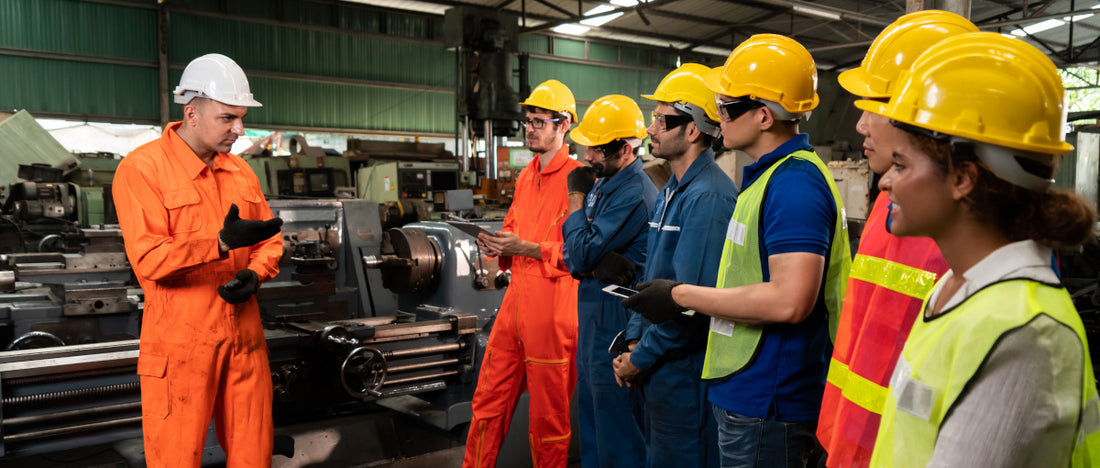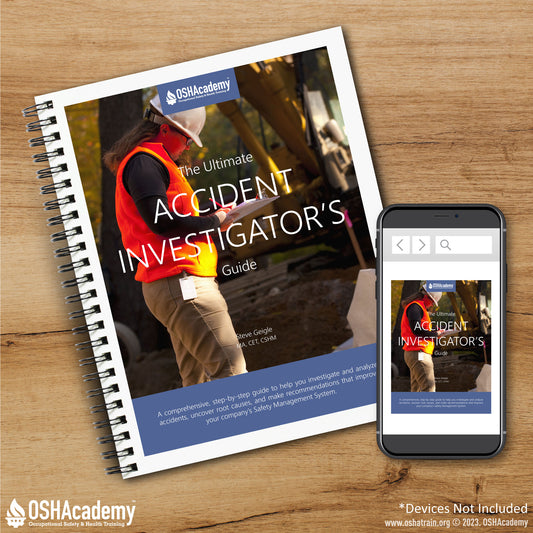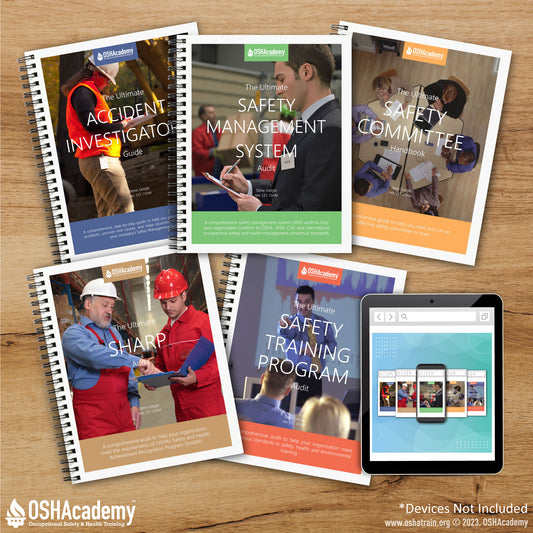
Safety Walk Arounds are Essential
Share
By Abbie Geigle
Safety walk arounds, sometimes referred to as safety walk-throughs, are periodic inspections of a workplace to identify potential hazards and evaluate the overall safety of the environment. These walk arounds play a crucial role in keeping employees safe and ensuring that businesses maintain compliance with various safety regulations.
The importance of safety walk arounds cannot be overstated. They help prevent accidents and injuries by identifying and addressing hazards before they become serious problems. Additionally, conducting regular walk arounds shows employees that their safety is a top priority, fostering a culture of safety awareness and responsibility. Plus, they're a great way for managers to stay up-to-date on the condition of their workplace and equipment.
Now that we understand the importance of safety walk arounds, let's discuss what to look for and some best practice recommendations.
Things to Inspect During Safety Walk Arounds
- Housekeeping: Check for clutter, spills, and other tripping hazards. Good housekeeping practices go a long way in preventing accidents.
- Fire Safety: Inspect fire extinguishers, alarms, and emergency exits to ensure they're in working order and easily accessible.
- Electrical Safety: Look for overloaded outlets, damaged wiring, or improperly grounded equipment.
- Machinery and Equipment: Check for any signs of wear, damage, or improper maintenance. Ensure that safety guards are in place and functioning.
- Ergonomics: Assess workstations and equipment for proper ergonomic design to prevent strain injuries.
- Personal Protective Equipment (PPE): Make sure that employees have access to and are using appropriate PPE for their tasks.
- Lighting and Visibility: Ensure that all work areas have adequate lighting and that employees can easily see any hazards or warning signs.
- Walking Surfaces: Inspect for trip and slip hazards, such as uneven surfaces, wet floors, or loose mats.
- Hazardous Materials: Confirm that hazardous materials are properly stored, labeled, and handled.
Best Practice Recommendations
- Conduct Regular Walk Arounds: Make safety walk arounds a routine part of your workplace schedule. The more often they're performed, the easier it is to spot and address potential hazards.
- Engage Employees: Involve employees in the walk around process. This not only helps to identify hazards but also fosters a sense of ownership and accountability for workplace safety.
- Use a Checklist: Develop a comprehensive checklist for your walk arounds to ensure that no areas or hazards are overlooked.
- Take Action: Don't just identify hazards—take prompt action to correct them. Develop a system for tracking and resolving identified issues.
- Encourage Reporting: Establish a culture where employees feel comfortable reporting hazards or unsafe conditions without fear of retribution.
- Train Employees: Regularly train employees on workplace safety, hazard identification, and the importance of safety walk arounds.
- Document Your Walk Arounds: Keep detailed records of your safety walk arounds, including the date, time, participants, and findings. This documentation can be helpful in case of an audit or incident investigation.
In conclusion, safety walk arounds are essential for maintaining a safe and healthy work environment. By regularly inspecting your workplace, involving employees, and taking action to address hazards, you can help prevent accidents and create a culture of safety. So, don't wait—start implementing these best practices today!




8 comments
good
good
good
It’s a very exciting content ’cause I could enrich more and more. I am excited being part of OSHAcademy student. Now I could realize that every single day we build our knowledge by being in with wise and intelligent people
it’s good to review all this saffty fact that we need to keep in main